Winter is probably one of the quieter seasons for us gardeners. We take refuge inside our warm homes and offices, occasionally peaking out to the cold skeletal garden frozen in time for now.
We are wondering when things will start to grow again. Often yearning for some spring growth and life to emerge from the ground. However, all is not as it seems. Our gardens are still full of beneficial wildlife that needs our help during these quiet cold months.
Here are my top winter hacks that will help get you out into the garden to boost some invigorating January endorphins whilst wildlife spotting and giving mother nature a boost too!
1. Top up bird baths and provide water
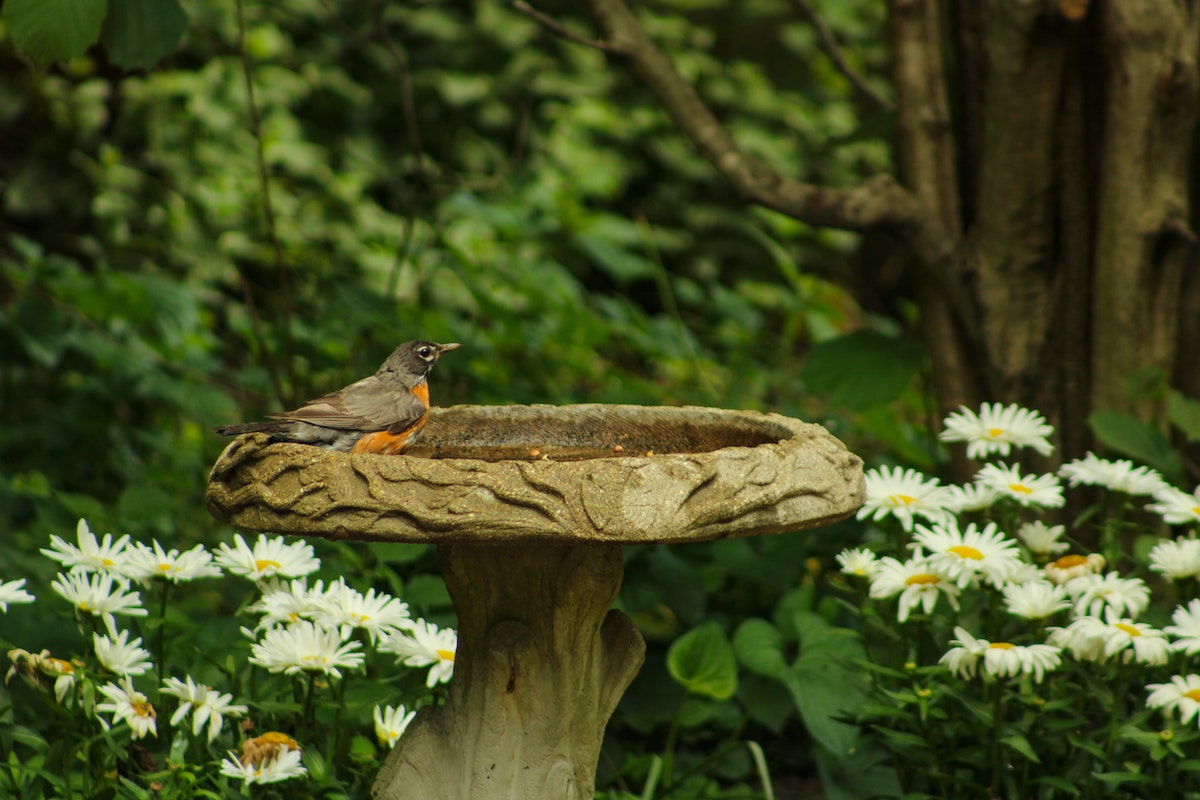
Wildlife such as birds, hedgehogs, mammals and some insects are still very much alive in the garden and will need to hydrate. Ensuring your bird baths are topped up will help give them easy access to much-needed water.
If you don't have a bird bath, a small roasting tin, upturned bin lid or large saucer will do. The beauty of placing water in the garden during winter is that you can sit back and observe what wildlife is using it. Whether it's birds having a quick sip or foraging honeybees dropping in for some hydration providing water in the garden is valuable.
2. Cutting back herbaceous perennials in late winter
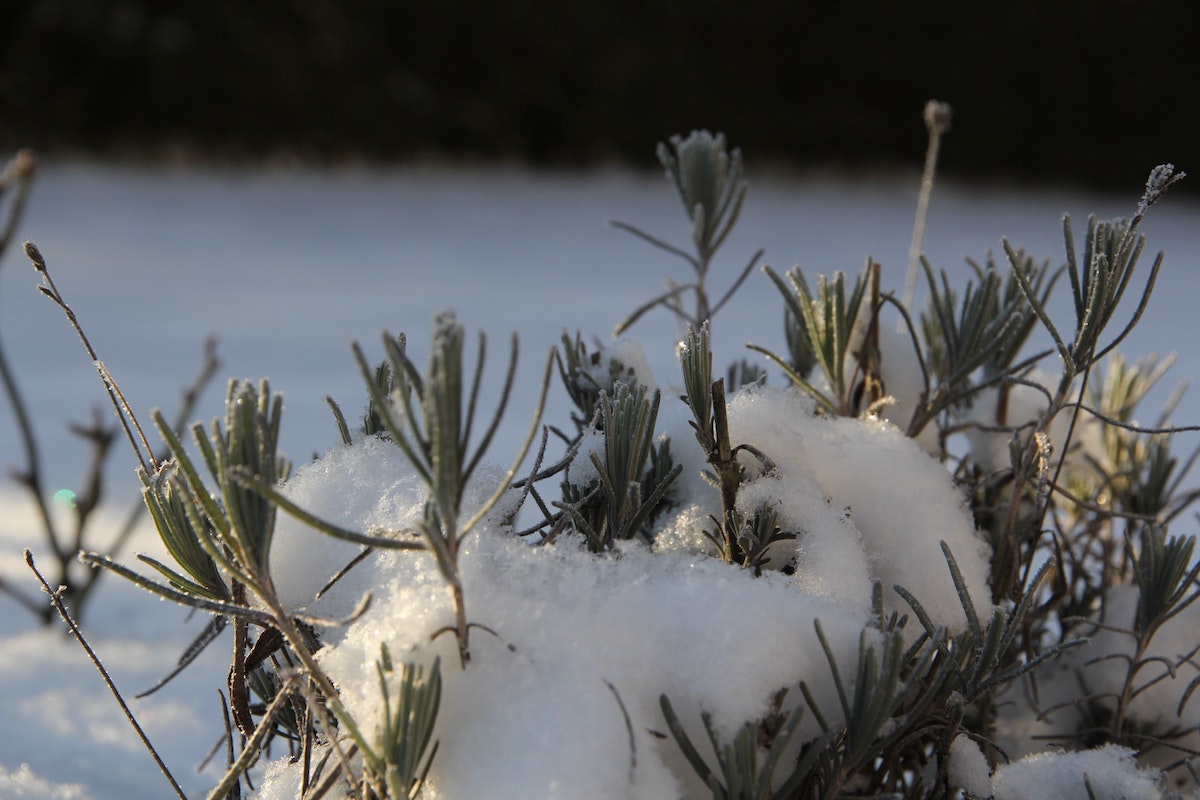
There's a trend for gardeners to want to tidy up their gardens in the autumn and winter. It almost feels like a necessity when watching neighbours cutting back as soon as the winter arrives.
Neatness in the garden can often be confused with diligence. However, I advocate leaving as much of your herbaceous perennials (plants that crisp up in the winter and then come back year after year) standing as possible until the middle of February.
This is because these herbaceous plants offer incredible winter structure in the garden and protection for insects and foraging birds.
When I cut them back in mid-February, I don't shred them but place them on my compost heap. This is because over-wintering insects may have laid their eggs in some of the plants, and by placing them in the compost heap, these beneficial insects can then hatch out.
It also means that birds or mammals needing material for nests can take what they need. Less work for you, my gardener friend and more benefits for mother nature!
3. Build a bug hotel
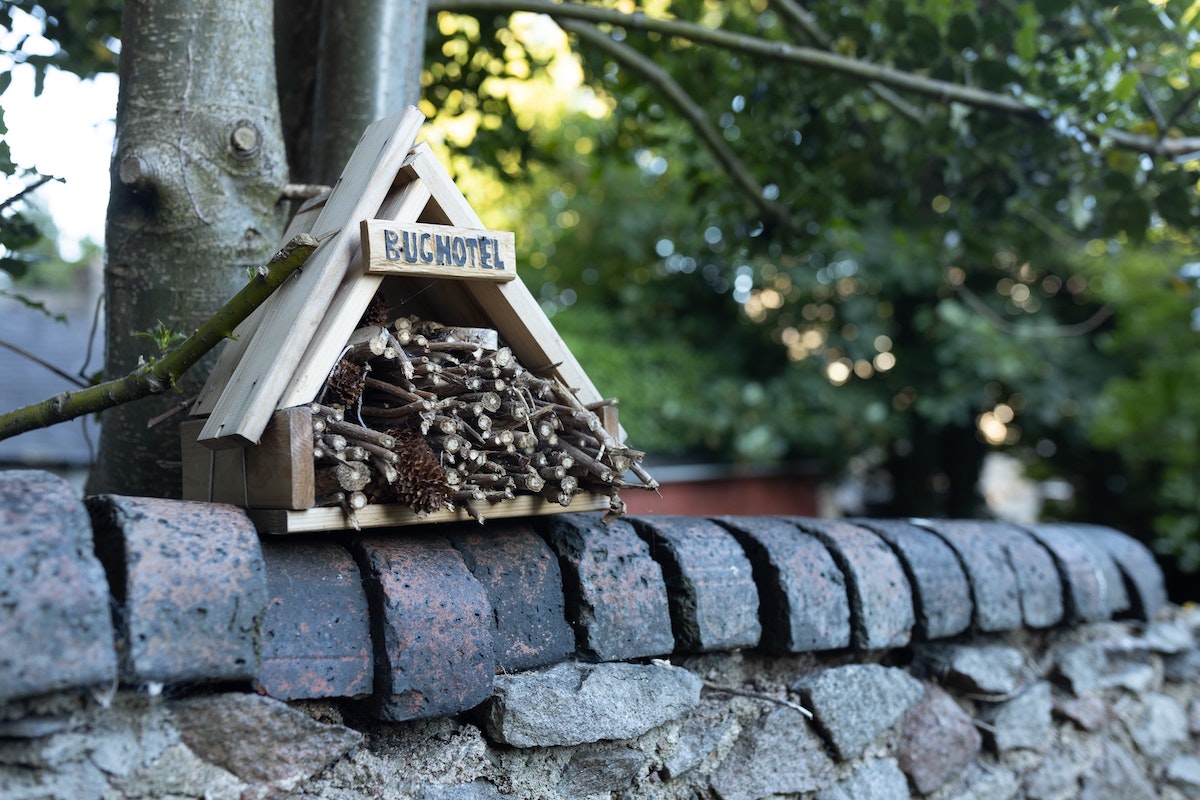
Experienced gardeners will all agree that encouraging a diverse mix of insects and invertebrates in your garden helps create a harmonious balance and decreases pests. If you really want to ramp up your garden's wildlife population then a bug hotel is an excellent way to do this.
You can recycle materials such as pallets or broken terracotta pots and place them at the back of borders. Filled with suitable materials, such as pruned back herbaceous perennials, air bricks, or leaves encourages insects to take up residency in your garden.
The key to a decent bug hotel is ensuring that any bamboo canes are files so there are no splinters and you provide a rain cover so insects can stay dry and warmer in the winter. Building this in the winter means you have all summer for the bug hotel to become ready for next winter.
4. Pond stairway
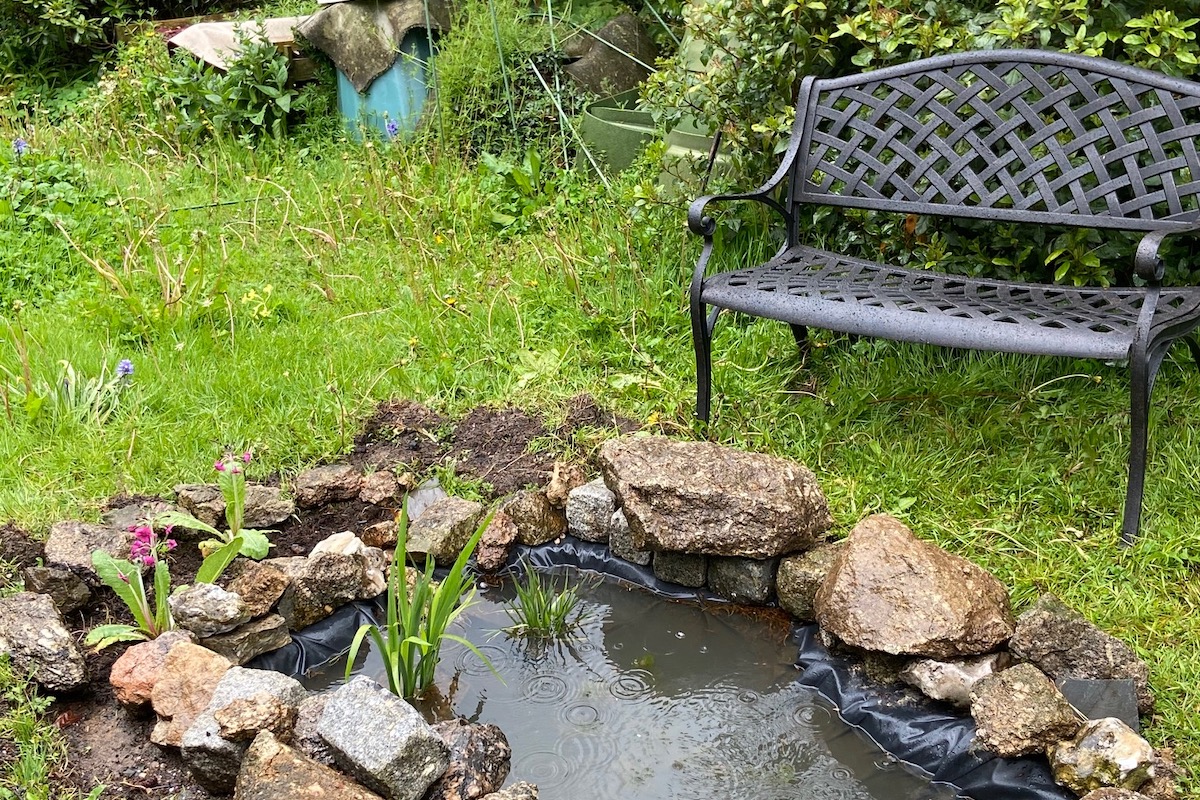
If you're lucky enough to have a pond already, and I salute you if you do, then have you considered a pond stairway?
These are especially necessary for formal ponds with sudden edges. A simple weighted wooden plank placed at the edge that descends into the water somewhere around the edge can help wildlife get in and out easily.
It also means anything that falls in has a better chance of getting out. Popping some meal worms on the plank may encourage frogs and birds to come for a bite to eat.
Why not set up a wildlife camera looking at the plank to see what wildlife during the day and night uses this super highway for hydration and a light lunch nibble?
5. Provide plants for honeybees
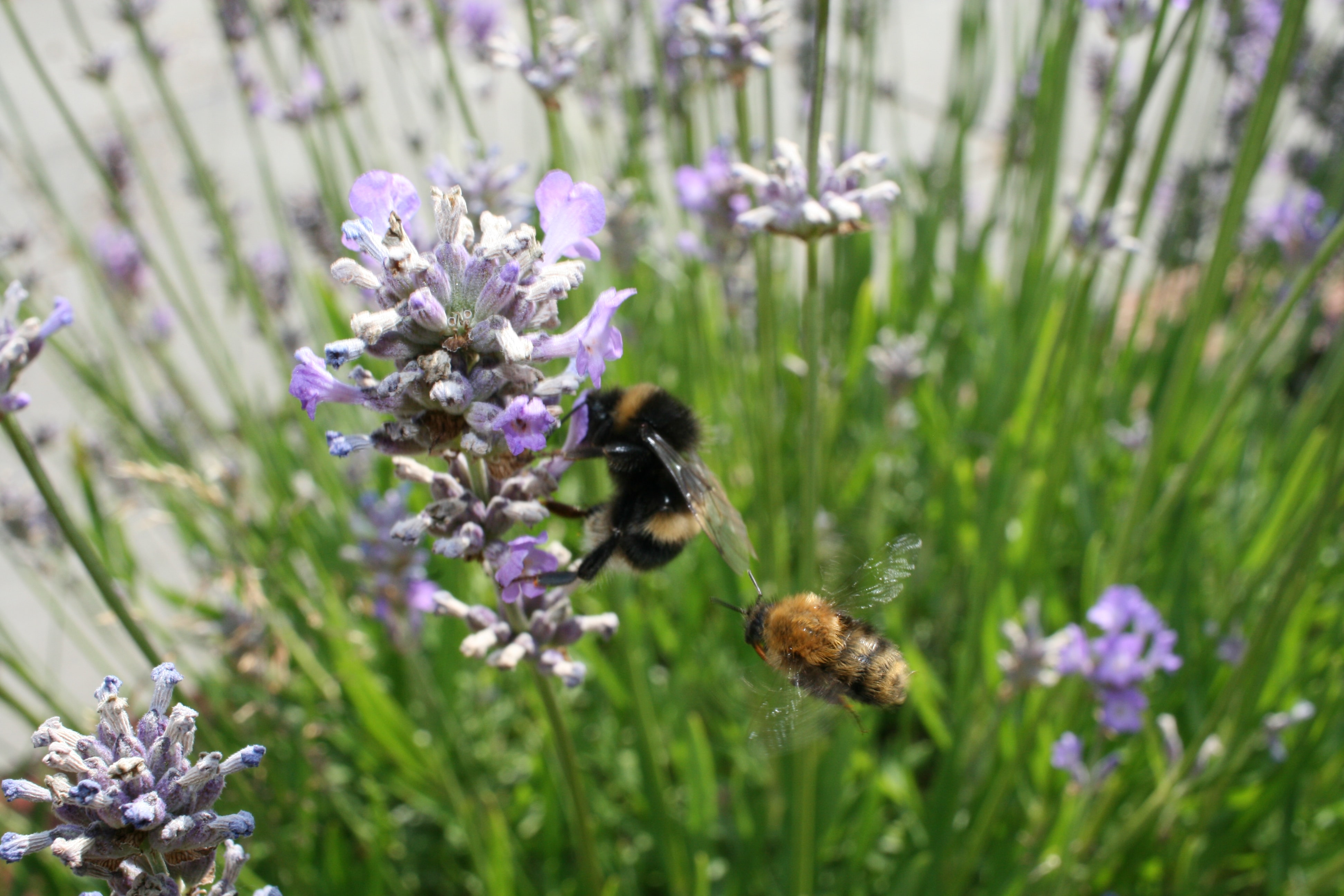
One of the most overlooked winter insects is the honeybee. Usually wrapped up warm in their hive awaiting spring, honey bees still do forage on warmer days. This foraging relies on early flowering plants so the honeybees can extract pollen and nectar to restock their honeycomb.
Honeybees are a vital part of the world's ecosystem. Without them, many crops and food sources we rely on would simply disappear. Now I've got your attention, let's look at a few easy-to-grow plants that can help them.
So why not consider planting some winter flowering shrubs such as Mahonia, and Winter Heathers (Erica Carnea) or leaving climbing Ivy where it is? Did you know that Ivy flowers are one of the best honeybee food sources?
It's also a misconception that Ivy needs to be pulled down. Unless it gets into gutters or rotten window frames, Ivy causes very little harm. So why not simply prune out the bits you don't want and leave the rest for our precious honeybees?
As you can see, there's plenty of light-touch gardening, we can do in the winter to help wildlife. So wrap up warm, and let's give mother nature a helping hand. You never know what amazing sights await you!
Until next time, Happy gardening.
Lee Burkhill (The Garden Ninja)
About Lee

Lee Burkhill aka the Garden Ninja is a multi-award-winning garden designer, horticulturist, garden blogger, vlogger, TV Presenter and YouTuber. Hailing from the North West of England, Lee has an infectious enthusiasm for helping gardeners all over the world. The Garden Ninja is his garden design business and online gardening blog, and he was recently voted one of the Top 10 Gardening Bloggers and Garden Vloggers in the UK. Lee is also part of the BBC Garden Rescue Team, which you can watch on weekdays at 3.45 pm on BBC One or on BBC iPlayer. Here at Lazy Susan, we’re looking forward to sharing his exclusive horticultural tips, tricks and advice on our blog.



